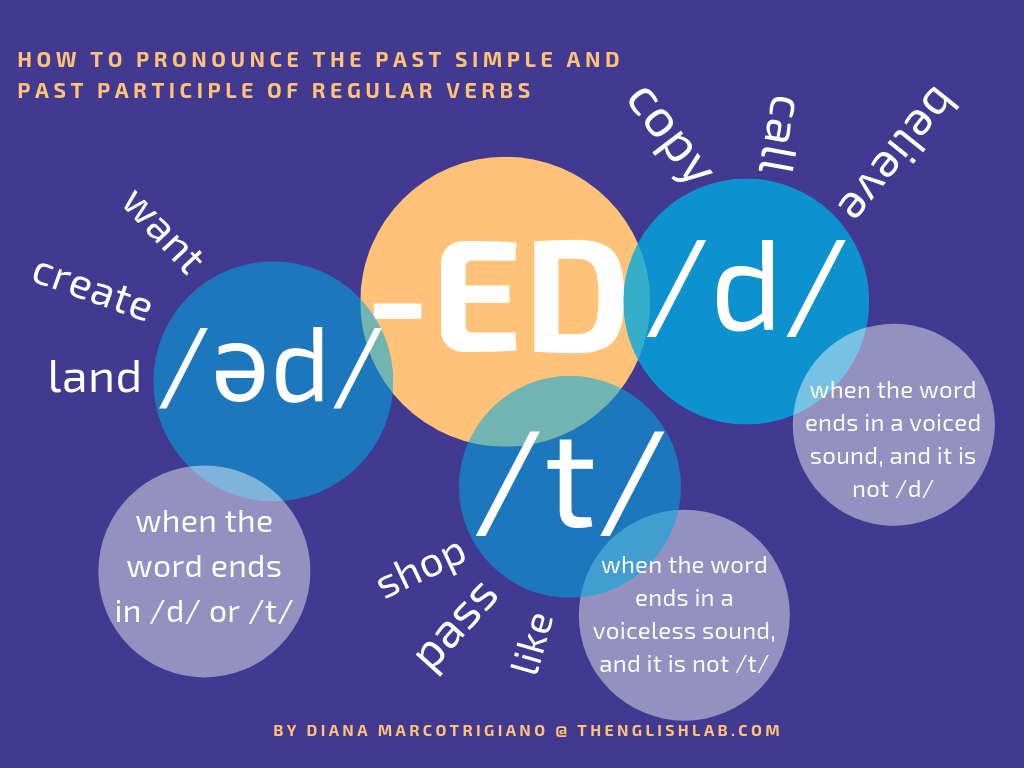Pronunciation
Pronunciation · 06 August 2019
Why is it important to understand the qualities and contrastiveness of /ɪ/ and /iː/? If you believe that these sounds are the same and that they do not create different words, you won’t hear them as different; here, your lack of hearing is not due to a hearing impairment, but a cognitive strategy.
Pronunciation · 27 June 2019
Communication breakdown can happen if a sound segment is pronounced incorrectly. Sometimes it takes just one sound segment to change a word from what you intended to another real word, in that same language. When two words differ by just one sound segment, you have a minimal pair.
Pronunciation · 24 May 2019
You know that -s which you add to the end of some words? Guess what? It’s not always pronounced the same! Just like the past-tense and past-participle suffix which we add to bare infinitives to generate the regular past tense and past participles (see post), the suffix -s is a representation of a meaningful unit which is pronounced according to the phonetic features of the segment it is being attached to.
Pronunciation · 26 April 2019
My students know I love the International Phonetic Alphabet (IPA). I will use any excuse under the sun to pull out the IPA chart. By learning the symbols of the IPA and comparing them to the letters we use in orthography, learners may increase their awareness of the fact that a letter does not always represent the same sound. Plus, one letter in their native language may not represent the sound needed to pronounce a word correctly in English, regardless of the variety.
Pronunciation · 05 April 2019
Regular past tense and part participle forms may not be as straightforward as they seem. So, you’ve understood that you just add the suffix -ed and do some adjustments to the spelling at times, but it doesn’t finish there. Now it’s time to say them.





